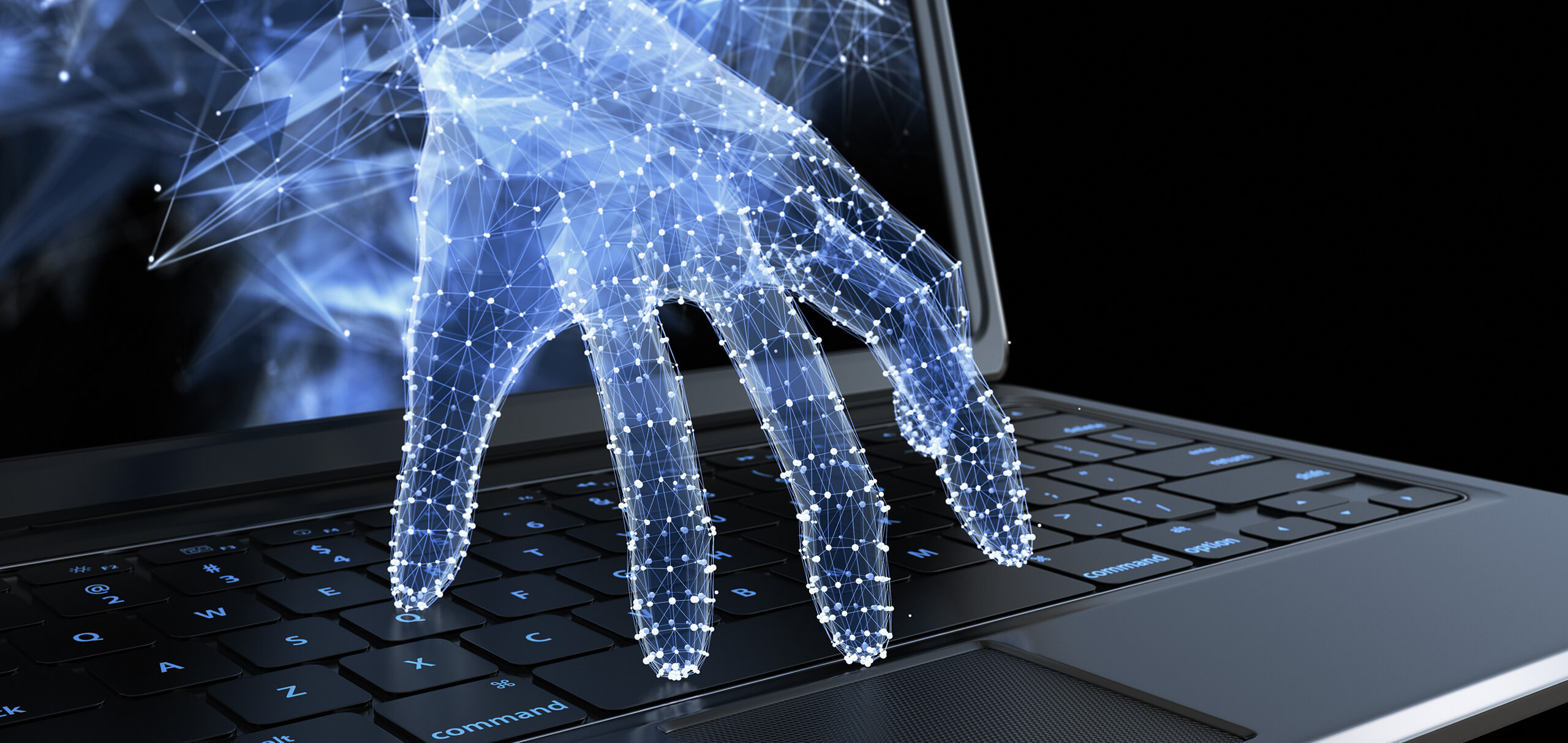Login DNA
Add an extra layer of authentication while being virtually transparent to your end user
provides your organisation with AN extra layer of authentication
The rapid proliferation of consumer mobile devices is changing the traditional IT environment in the organisations, this creates security concerns.
The “work from anywhere” concept improves access to corporate applications but also creates security concerns since these access can be made from untrusted and/or compromised devices.
Login DNA
designed to add an extra layer while being simple or virtually transparent to your end user
The rapid proliferation of consumer mobile devices is changing the traditional IT environment in the organisations, this creates security concerns. The “work from anywhere” concept improves access to corporate applications but also creates security concerns since these access can be made from untrusted and/or compromised devices.
Username’s, which generally is the user’s email, are easy to find in today’s digital communications. Passwords are user dependent, therefore subject to brute force methods, social engineering, key-loggers and other methods. The username and password combination no longer suffices to authenticate and log into an account safely, another layer of security is needed to prevent accounts from being compromised.
Providing another step, when authenticating a user, especially one that is not user dependent, allows for flexibility and easy deployment.
What is Login DNA
Login DNA provides your organisation with this extra layer of authentication without the need to enforce the strong authentication or two factor authentication, Login DNA is designed to add that extra layer while being simple or virtually transparent to your end user, but assigning each device (PC, Mobile, Tablet, etc) to a secured and restricted area in which only the combination of Username/Password/Device will allow the final user to access to any application.
Objectives & highlights
Low administrative overhead
Requires minimum intervention by a system administrator, the process is mostly automatic and user based.
This free’s the administrator from routine tasks and allows him to intervene to perform high level tasks such as block a user, change the acess level or respond to possible threat situations.
Management control
System administrator will be able to easily enable and/or disable device/browser combinations if necessary.
Allows for a more granular level of control, by assigning to each user and/or user groups diferent ammounts of devices they can register.
A low trust user can be given only one device/browser ( the corporate pc) while another user with a higher trust can be given more slots in which to register his devices/browsers.
Tracking of device/browser access allows for better understanding of user preferences and usage.
User control
User is capable of adding and/or disabling of devices, giving them control over the process.
Collection of login activities with data on the devices used.
Collection of data on temporary activations of devices.
Indirect restrictions
Since it requires the users to follow a few steps/operations to register a device/browser, this discourages users from adding devices “ad hoc”.
It also discourages logging in from public devices, or a friends device which will have a higher degree of exposure for malicious software such as key-loggers or other similar software.








